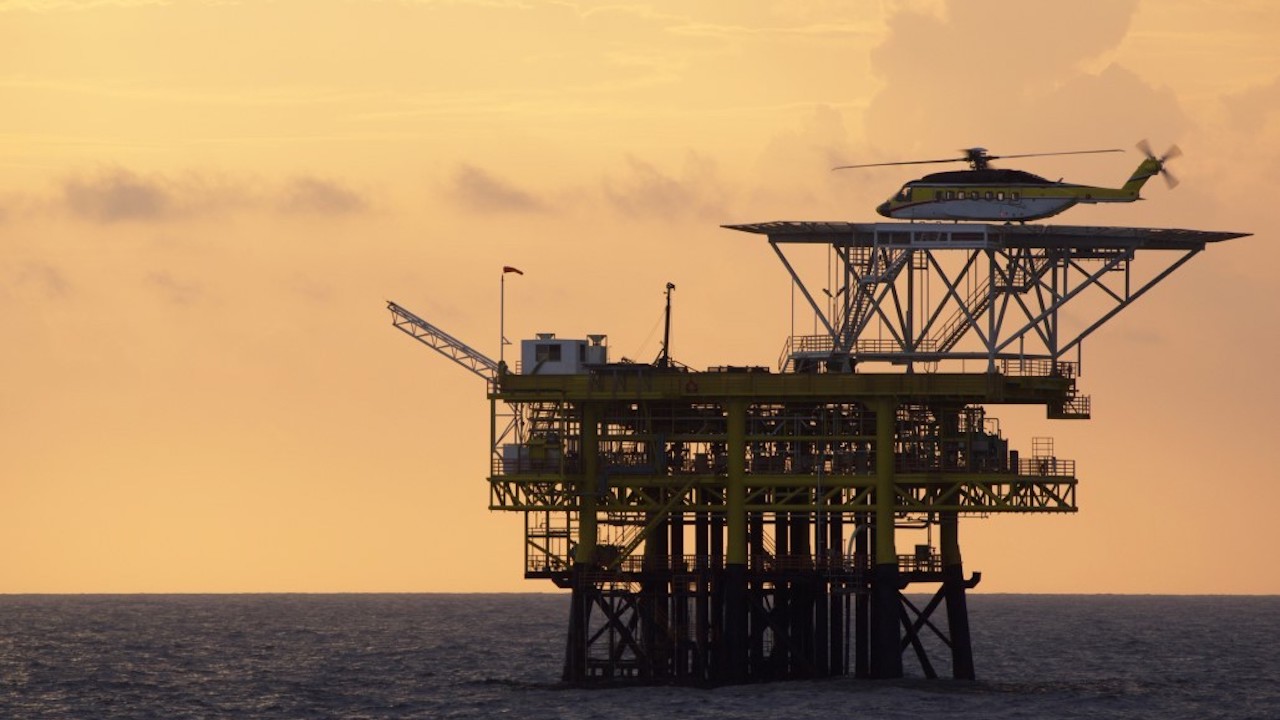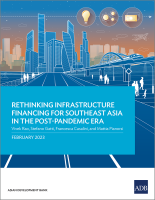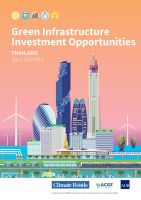
A chopper transports workers to an offshore rig in Malaysia. Photo credit: iStock/claffra.
Sharing storage infrastructure is expected to make CCUS projects economically and technically feasible in the region.
Both Indonesia and Malaysia are building up capacity for capturing and storing carbon to not just attain net-zero goals but also serve as a regional storage hub for neighboring countries.
Under its National Energy Transition Roadmap, Malaysia plans to develop three carbon capture, use, and storage (CCUS) hubs—two in Peninsular Malaysia and one in Sarawak.
State-owned energy producer Petronas is reportedly planning to make the first injection at its Kasawari Carbon Dioxide Sequestration project off the coast of Sarawak state by end 2025 or early 2026. It is said to be one of the world’s largest offshore carbon capture and storage projects. On 27 September, the Japanese government and Petronas agreed to work toward shipping carbon dioxide from Japan for storage in Malaysia as early as 2028.
Previous assessments show that Indonesia has large CO2 storage capacity potential spread throughout the country and located in depleted oil and gas reservoirs and saline aquifers. It has eight projects that are expected to start operation between 2026 and 2035, including those by Pertamina, the national energy company. The government also identified Arun Field, Sunda Asri Basin, and East Kalimantan Basin as potential regional storage hubs.
To lead research and build technical capacity, Indonesia established the Institut Teknologi Bandung National Centre of Excellence for CCU and CCS in 2017 with support from the Asian Development Bank.
Decarbonization tool
ASEAN sees CCUS playing an important role in its clean energy transition. There are about a dozen CCUS projects in the pipeline in member states. The group of 10 Southeast Asian countries is also looking at cross-border carbon transport and storage as well as developing regional carbon markets to make CCUS projects economically and technically feasible in the region.
At their meeting in Bali last August, ASEAN energy ministers said the region will continue to use coal-based power because of its affordability and to ensure energy security. They also reiterated the group’s commitment to reduce carbon emissions through clean coal technology and CCUS. Initiatives include the development of an ASEAN CCUS Deployment Framework and Roadmap, a study on the deployment of CCUS in industrial hubs, and an integrated CCUS–coal power plant pilot project by the ASEAN Centre of Excellence for Clean Coal Technology.
Experts say CCUS helps decarbonize hard-to-abate industries (e.g., cement, chemicals, steel) and enables countries to comply with international commitments while minimizing social and economic disruption. Countries aiming for carbon neutrality by 2050 or 2060 are taking a hard look at CCUS solutions to decarbonize remaining coal and natural gas operations.
How does CCUS work?
The International Energy Agency (IEA) describes CCUS as “a suite of technologies that involves the capture of CO2 from large point sources, including power generation or industrial facilities that use either fossil fuels or biomass for fuel.” Or it can be captured directly from the atmosphere to offset emissions that are unavoidable or technically difficult to reduce or eliminate.
The CO2 can be compressed and transported for different uses (such as for enhanced oil recovery or as industrial feedstock) or injected into depleted oil and gas reservoirs and other deep geological formations for permanent storage.
Though CCUS technologies are still in the nascent stage, the potential for commercialization seems to be driving the development of large-scale carbon transport and storage infrastructure worldwide, including in Southeast Asia. IEA analysts note “new business models are boosting momentum on CCUS” and cite the CCUS hub model, which “spreads infrastructure costs between emitters and generates economies of scale to reach emitters that are smaller-scale or further away from identified CO2 storage sites.” Shared infrastructure can kickstart CCUS deployment in a region.
This article was first published by BIMP-EAGA on 2 October 2023.

BIMP-EAGA
The Brunei Darussalam–Indonesia–Malaysia–Philippines East ASEAN Growth Area, or BIMP-EAGA, is a cooperation initiative established in 1994 to spur development in remote and less developed areas in the four participating Southeast Asian countries.


